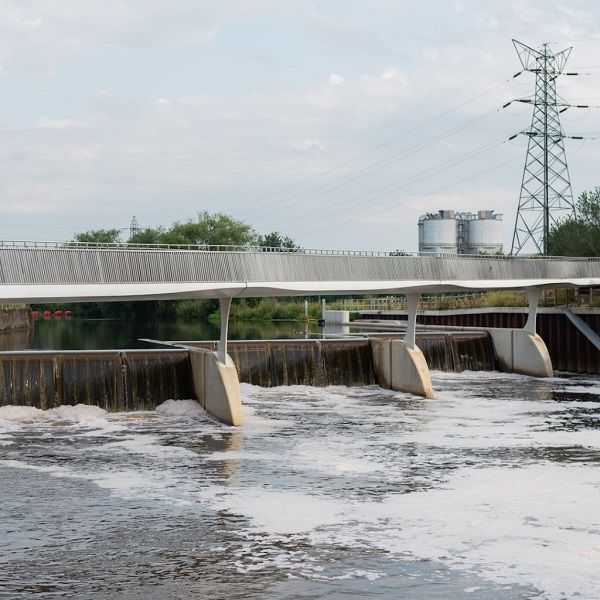Environmental engineering and architecture are two crucial pillars in the ever-evolving landscape of sustainable development. While architects are responsible for designing the physical spaces we inhabit, environmental engineers ensure that these structures harmonize with the ecological tapestry. This article explores the synergy between environmental engineering and architecture, unravelling their distinct responsibilities and exploring how their collaboration fosters a more sustainable built environment
Environmental Engineering: The Guardians of Ecosystems
Environmental engineering is a branch of civil engineering primarily concerned with managing the supply of water and mitigating the adverse effects of environmental issues, like pollution.
Environmental engineering is the silent guardian of our planet’s health. Engineers in this field design solutions that mitigate the impact of human activities on the environment. From wastewater treatment plants to air quality control systems, environmental engineers strive to minimize the ecological footprint of human infrastructure.
Key Responsibilities:
Water Management: Environmental engineers are at the forefront of developing sustainable water management systems, ensuring efficient use, purification, and recycling of water resources. This involves designing innovative solutions for stormwater management, sewage treatment, and water conservation.
Air Quality Control: Addressing the challenges of urbanization, environmental engineers devise strategies to combat air pollution. They design emission control systems and implement measures to enhance indoor air quality, safeguarding both the environment and public health.
Waste Management: The proper disposal and management of waste are critical components of environmental engineering. Engineers create systems for waste reduction, recycling, and safe disposal to minimize the impact of human waste on ecosystems.
Architecture: Crafting Sustainable Spaces
Architecture, on the other hand, is the art and science of designing aesthetically pleasing and functional structures. Beyond creating visually appealing spaces, modern architects shoulder the responsibility of integrating sustainable practices into their designs.
Key Responsibilities:
Energy-Efficient Design: Architects play a pivotal role in designing buildings that optimize energy consumption. This involves harnessing natural light, incorporating renewable energy sources, and utilizing energy-efficient materials to reduce the carbon footprint of structures.
Material Selection: Sustainable architecture emphasizes the use of eco-friendly materials. Architects choose materials that are not only aesthetically pleasing but also durable and environmentally responsible, minimizing the impact on ecosystems.
Green Spaces Integration: Architects are increasingly incorporating green spaces into their designs, promoting biodiversity within urban environments. Rooftop gardens, vertical green walls, and communal green spaces enhance the overall sustainability of a structure.
Synergy in Action: Collaborative Solutions
The most impactful strides towards sustainability occur when environmental engineers and architects join forces. Collaborative efforts between these two disciplines result in holistic solutions that address both the functionality of structures and their environmental impact.
Integrated Design Processes: Bringing environmental engineers into the design phase allows for the identification of potential environmental challenges early on. This integration ensures that architects can create structures that not only meet aesthetic and functional requirements but also adhere to rigorous environmental standards.
Water-Efficient Landscaping: Collaboration between environmental engineers and architects can lead to the creation of innovative landscaping solutions that optimize water use. This includes the incorporation of rainwater harvesting systems, drought-resistant plants, and permeable surfaces.
Renewable Energy Integration: Architects can work closely with environmental engineers to seamlessly integrate renewable energy sources into building designs. This may involve incorporating solar panels, wind turbines, or geothermal systems to harness clean energy and reduce reliance on non-renewable resources.
In summary, while environmental engineering and architecture are distinct fields, they share common goals in promoting sustainability, energy efficiency, and effective urban planning in the built environment. Both disciplines play complementary roles in addressing the complex challenges of creating a more sustainable and resilient built environment.










